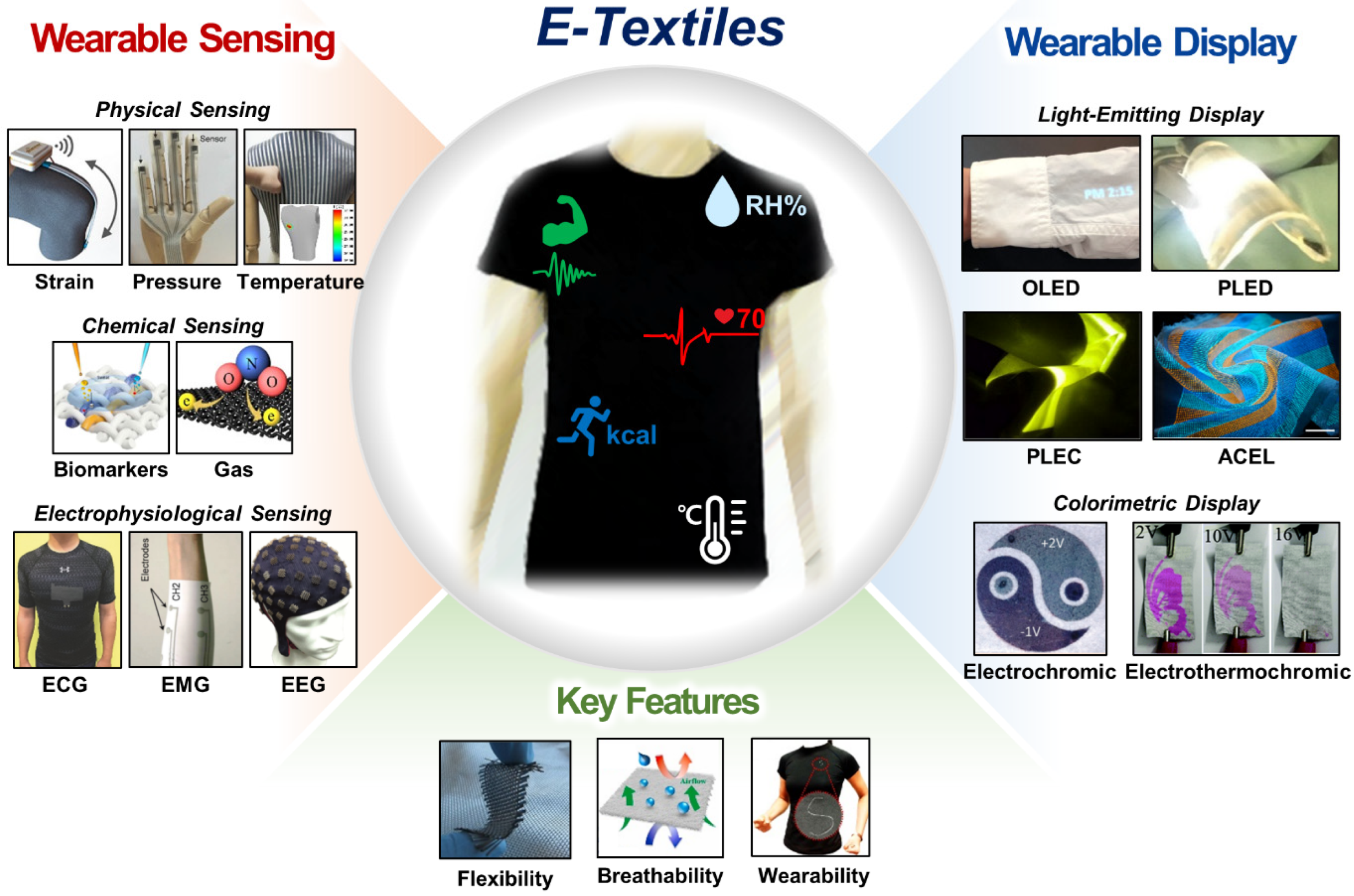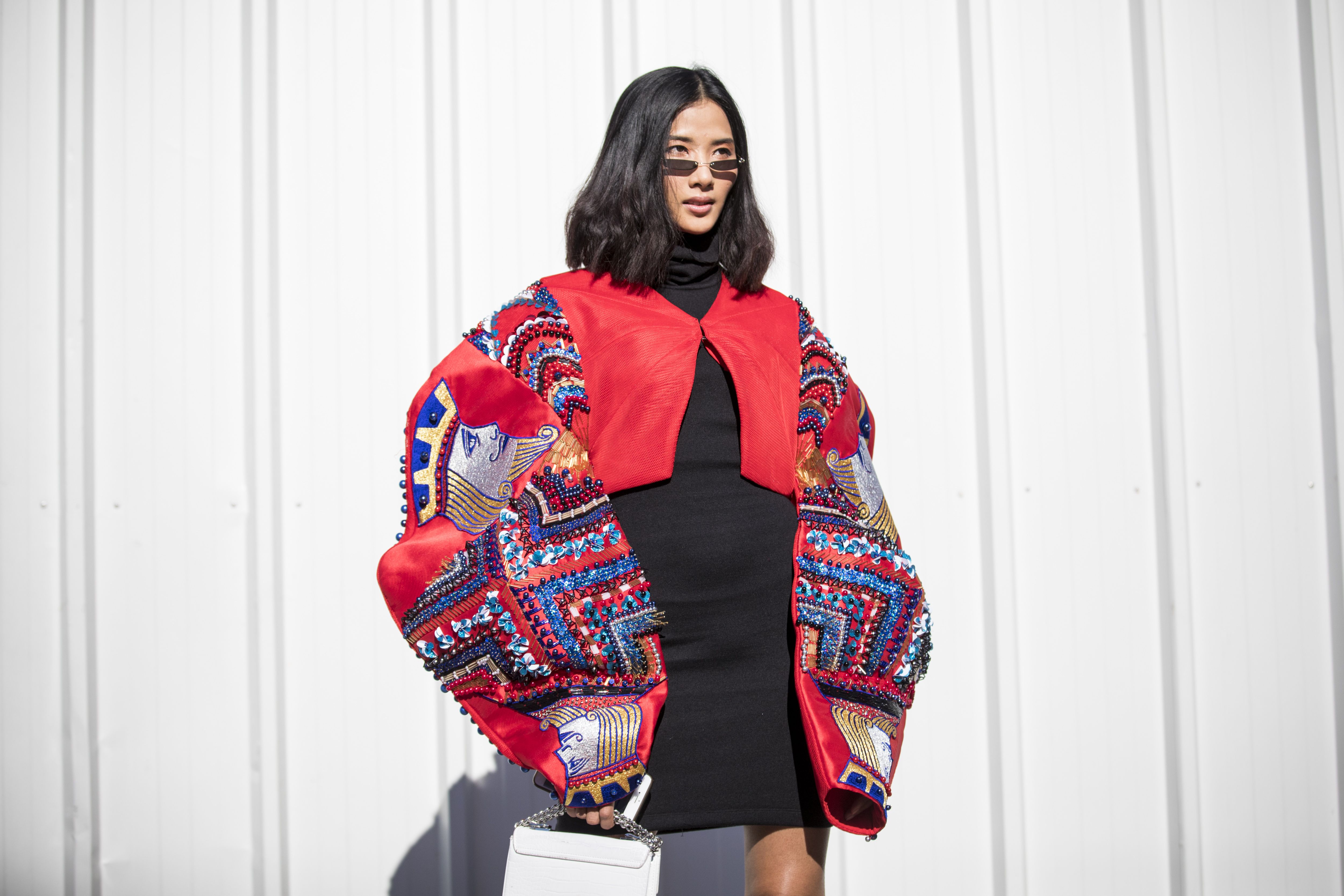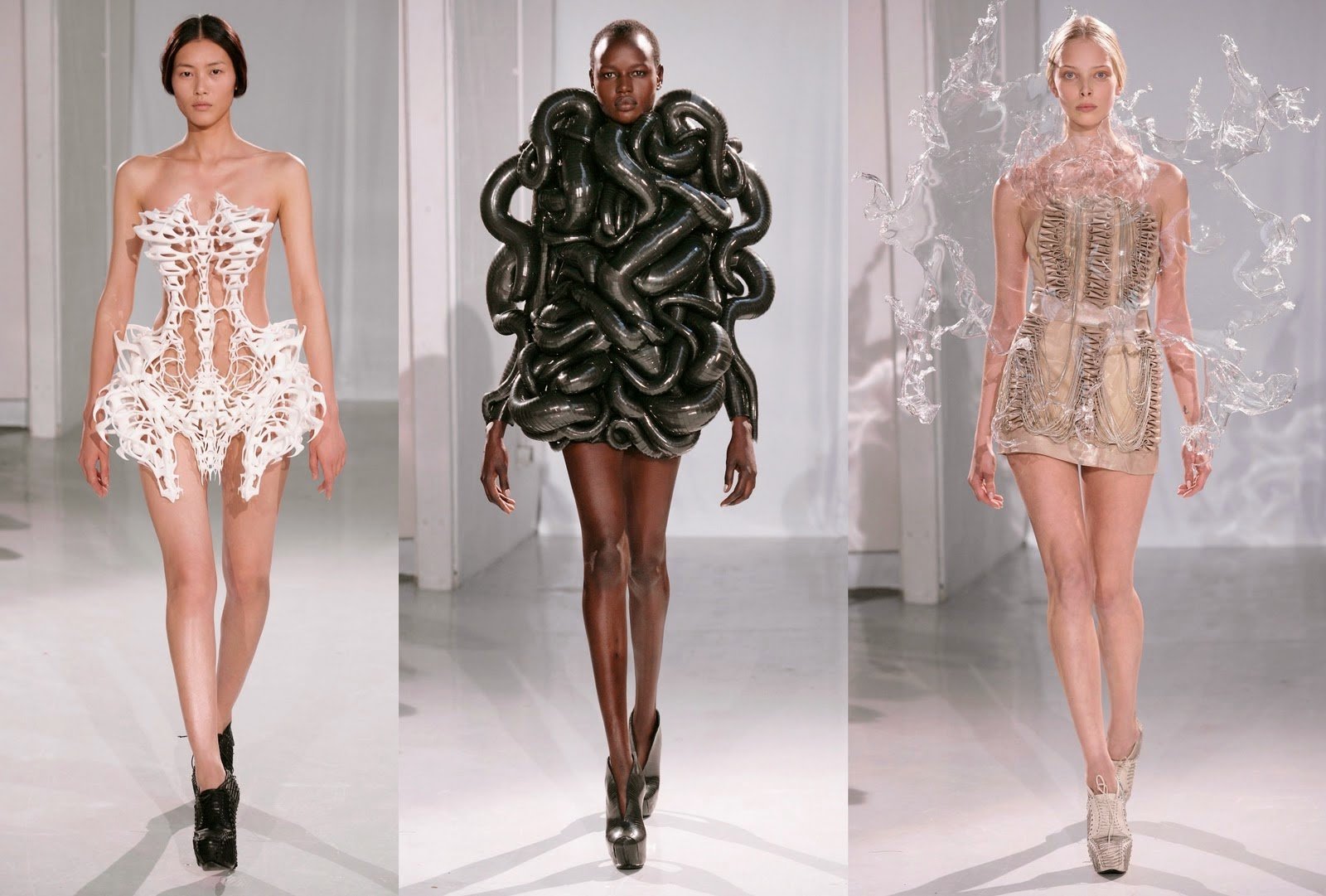As one of the biggest industries in the world, projected to reach $3.3 trillion by 2030, it's surprising to learn that the fashion industry hasn't changed significantly in the past two decades. However, rising concerns about fair wages, environmental impact, and the demand from hyper-connected consumers have catalyzed a technological revolution in fashion.
We live in the "insta-age" of technology where customers expect immediate access to the latest trends. Simultaneously, younger generations seeking individuality want products tailored to their specific preferences, while "mass-produced" and "fast fashion" garments are falling out of favor.
As customers' lives become increasingly intertwined with the digital world, designers and businesses must embrace cutting-edge technology to push the boundaries of manufacturing, production, marketing, and wearability. From artificial intelligence to blockchain, mobile shopping to 3D printing—these revolutionary technologies are reshaping the fashion landscape.
AI in Fashion: Personalization & Design Revolution
In recent years, fashion brands have leveraged AI to enhance shopping experiences, analyze data, boost sales, forecast trends, and provide inventory guidance. Artificial Intelligence is driving significant transformation by enhancing creativity and streamlining processes from product design to customer engagement.
Traditional fashion styles can take 3-8 months to develop, but AI accelerates this process, reducing labor costs and minimizing the need for physical samples. It's transforming operations such as product development, supply chain optimization, and marketing through tools like trend analysis, generative design, and virtual try-ons.
Generative AI shortens design deadlines, minimizes human labor, and decreases costs, while chatbots and algorithms offer personalized consumer experiences. AI also revolutionizes trend forecasting and supply chain management, providing real-time data to help companies efficiently plan styles and quantities.

Key AI Fashion Applications:
- Personalized Styling: Platforms like STITCH FIX use analytics to record customer purchases and create virtual wardrobes with styling recommendations.
- Virtual Try-Ons: Brands like Tommy Hilfiger and Gucci offer digital showrooms where customers can visualize products before purchase.
- Trend Forecasting: Technologies like Heuritech apply image recognition to social media photos to predict future trends in shapes, prints, and colors.
- Inventory Management: AI solutions like SkuVault enable real-time tracking, demand forecasting, and smart reorder points to eliminate overstock and stockouts.
Smart Textiles & Wearable Technology

Smart textiles are revolutionizing the fashion industry by embedding electronic components like sensors and actuators into fabrics, allowing them to react to their environment. These innovative materials are designed to be lightweight, flexible, and breathable, ensuring comfort during extended wear.
Beyond traditional fabrics, smart textiles incorporate cutting-edge technologies into the fibers themselves. Enhanced with nanotechnology or conductive threads, these textiles offer features like temperature control, moisture-wicking properties, and activity monitoring capabilities.
As wearable technology continues to evolve beyond smartwatches, the integration of tech into everyday clothing is creating new possibilities for health monitoring, fitness tracking, and enhanced functionality.
Responsive Fabrics
Textiles that adapt to body temperature, environmental conditions, or physical activity to enhance comfort and performance.
Health Monitoring
Garments with embedded sensors that track vital signs, posture, and activity levels for fitness and medical applications.
Energy Harvesting
Textiles that capture energy from body movement or environmental sources to power embedded electronics.
Companies like LOOMIA are creating soft flexible circuits that can be embedded into textiles for heating, lighting, sensing, or data-tracking applications. Similarly, Nike's self-lacing Adapt BB sneakers connect to smartphone apps to track usage statistics and customize settings, while Wearable X's Nadi X Yoga Pants include sensors that vibrate to guide users into ideal yoga poses.
Virtual Fashion & The Metaverse
The fusion of digital and physical worlds is transforming fashion retail experiences. With the rise of the Metaverse and virtual reality (VR), fashion companies are developing immersive retail experiences that go beyond online shopping—they're reinventing what it means to interact with fashion in a digital environment.
Augmented reality (AR) and virtual reality technologies now allow shoppers to try on clothing without physically visiting a store. These virtual try-on systems incorporate personalized measurement functionality and enhance accuracy, enabling users to visualize items as if they were physically trying them on.
Digital fashion is also emerging as its own category, with consumers purchasing virtual clothing for their avatars in games, social media, and metaverse environments. Meta has created a digital apparel store where users can purchase items from luxury brands to outfit their avatars across platforms like Instagram, Facebook, and Messenger.

Virtual Fashion Innovations:
Digital-Only Collections: Brands creating garments that exist solely in the digital realm, purchased for use in virtual environments.
Virtual Showrooms: 3D digital environments where customers can browse collections and experience brand storytelling.
Avatar Fashion: Customizable digital clothing for personal avatars across gaming platforms and metaverse environments.
Digital Twins: Virtual replicas of physical products that allow for customization before physical production.

Brands like Burberry are using interactive mirrors and mobile integration to provide personalized in-store experiences, allowing customers to virtually try on items or receive curated styling tips. The concept of digital fashion showrooms is becoming more widespread, allowing brands to gauge market appetite before production even begins.
3D Printing: The Future of Fashion Production

Since the advent of 3D printers, many brands have been exploring the possibilities for on-demand production. This technology creates new avenues for customization, sustainability, and creativity while reducing waste in the manufacturing process.
3D printing in fashion enables designers to create unique, customized textiles with rich patterns and textures. Using computer software and 3D printing technology, designers can print fabric from synthetic fibers such as polyester, nylon, or elastane, creating limitless possibilities for personalized and avant-garde fashion.
Despite taking hours to create, 3D-printed garments result in less waste and prove far less labor-intensive than traditional manufacturing. Printing garments on demand reduces fabric waste by approximately 35%, offering valuable insights on reshaping factories with a more sustainable focus.
Innovative Applications of 3D Printing in Fashion:
Sustainable Footwear
Zellerfeld's 3D-printed sneakers use materials that can be fully recycled, allowing customers to return old shoes for new pairs, reducing environmental impact and waste.
Nike collaborated with Zellerfeld to create the Air Max 1000, a shoe that's almost entirely 3D printed, combining firm and flexible materials to enhance both performance and comfort.
Futuristic Fashion
Chromatic 3D Materials and designer Anouk Wipprecht created a futuristic 3D-printed garment that interacts with its surroundings via LEDs—one of the world's first garments to incorporate electronics directly inside 3D-printed elastomers.
This technology enables designers to include components like pockets and closures directly into the fabric, minimizing additional materials and labor.

"As we move forward, the boundaries between fashion and technology will continue to blur. The most successful brands will be those that embrace these innovations while maintaining their creative vision and commitment to sustainability."
— Fashion Technology Expert
Sustainable Tech & Blockchain in Fashion
Blockchain technology is revolutionizing transparency, traceability, and efficiency in the fashion supply chain. It allows all members—from carriers and banks to intermediaries and suppliers—to connect and exchange information securely.
This technology creates a physical-digital link between products and their digital identities on a blockchain. A cryptographic seal or serial number acts as the physical identifier linked to the product's "digital twin," enabling complete traceability throughout the supply chain.
Beyond blockchain's role in traceability, the fashion industry is embracing product passports—digital documents that store essential information about a garment's materials, production methods, origin, and care instructions. By integrating technologies like NFC or QR codes, each garment is assigned a digital passport accessible to consumers.
The fashion industry is also witnessing a fabric innovation revolution, fueled by rising demand for sustainability and technology integration. Novel fabrics, made using advanced technology and innovative fibers, offer new possibilities in style and performance while minimizing environmental impact.
Lab-grown leather created by companies like Modern Meadow offers an ethical and environmentally friendly alternative to traditional leather without harming animals. Similarly, firms such as Bolt Threads are redefining fabric design using biodegradable spider silk for various fashion applications.
Circular textiles are altering the industry by encouraging a more sustainable, closed-loop model. With billions of garments ending up in landfills annually, circular fashion aims to reduce waste by creating clothing that can be reused, repaired, repurposed, or biodegraded.
Circular Textiles
Companies like Renewcell creating Circulose, a material made entirely from recycled textiles for new clothing without quality compromise.
Digital Product Passports
EON linking garments to digital profiles through QR codes, providing detailed information about the product's lifecycle.
Blockchain Traceability
TextileGenesis using blockchain to record every production stage, creating transparent and sustainable supply chains.
Major brands like H&M and Adidas are piloting digital product passports to enhance garment longevity and minimize waste. Meanwhile, the European Union's Green Deal initiative aims to introduce mandatory product passports for textiles, promoting sustainability across industries. By combining blockchain with product passports, the fashion industry is laying the foundation for a more transparent, sustainable, and circular future.
The Future of Fashion Technology
The intersection of fashion and technology represents a pivotal moment for the industry. As we've explored, innovations in AI design, smart textiles, virtual fashion, 3D printing, and blockchain are not merely trends but fundamental shifts in how fashion is created, marketed, and consumed.
For brands and designers, embracing these technological advancements is no longer optional but essential for survival in an increasingly competitive and environmentally conscious market. The most successful will be those that balance innovation with their core creative vision and sustainability goals.
For consumers, these technologies promise more personalized, sustainable, and engaging fashion experiences. From custom-fit garments to virtual try-ons and transparent supply chains, technology is putting more power and information in the hands of shoppers.
As we look toward the future, the boundaries between physical and digital fashion will continue to blur, creating new opportunities for creativity, sustainability, and connection. The fashion technology revolution is just beginning, and its potential to reshape our wardrobes—and our world—is limitless.
Stay Ahead of Fashion Tech Trends
Subscribe to our newsletter for the latest updates on fashion technology and innovation.